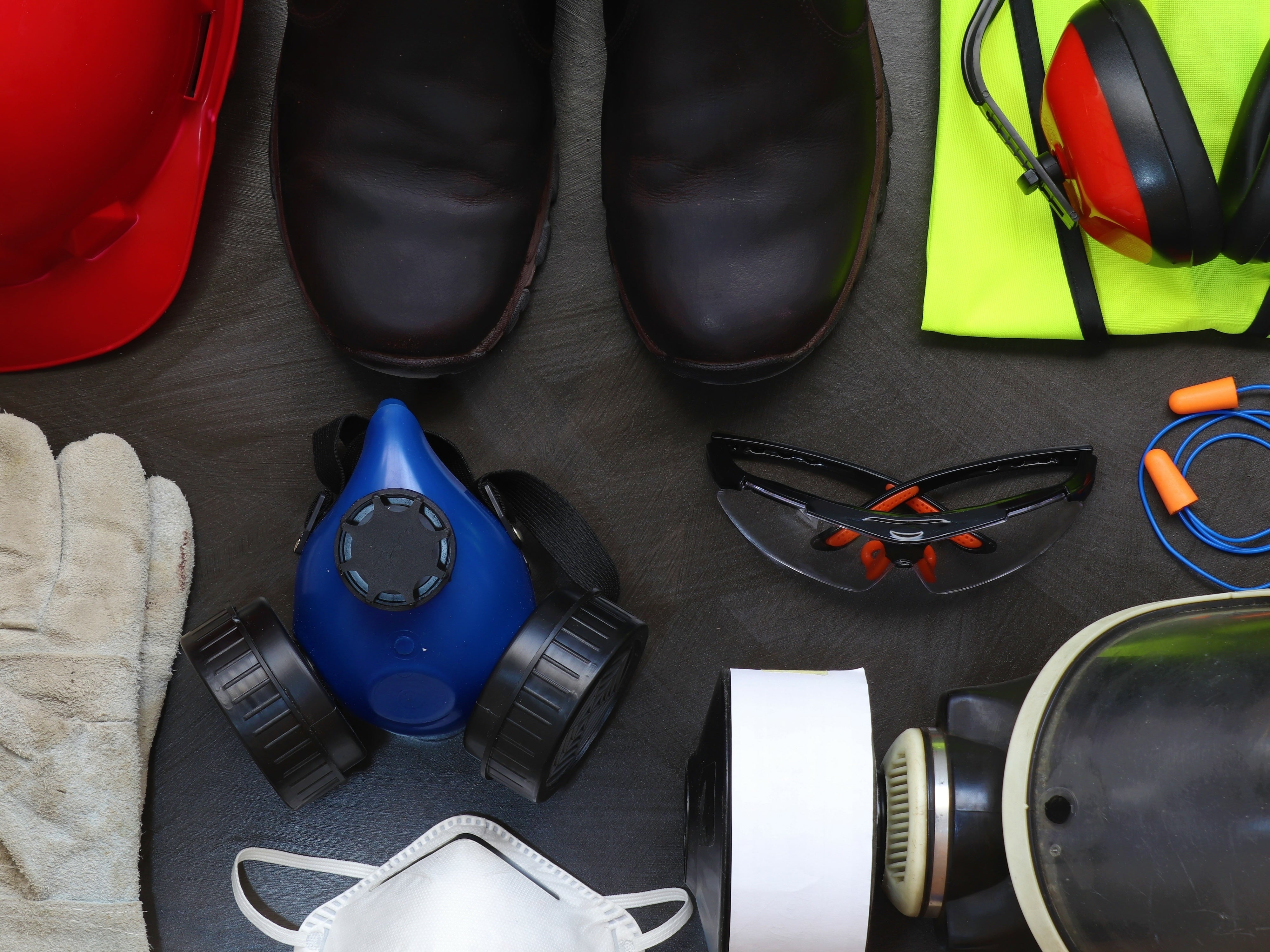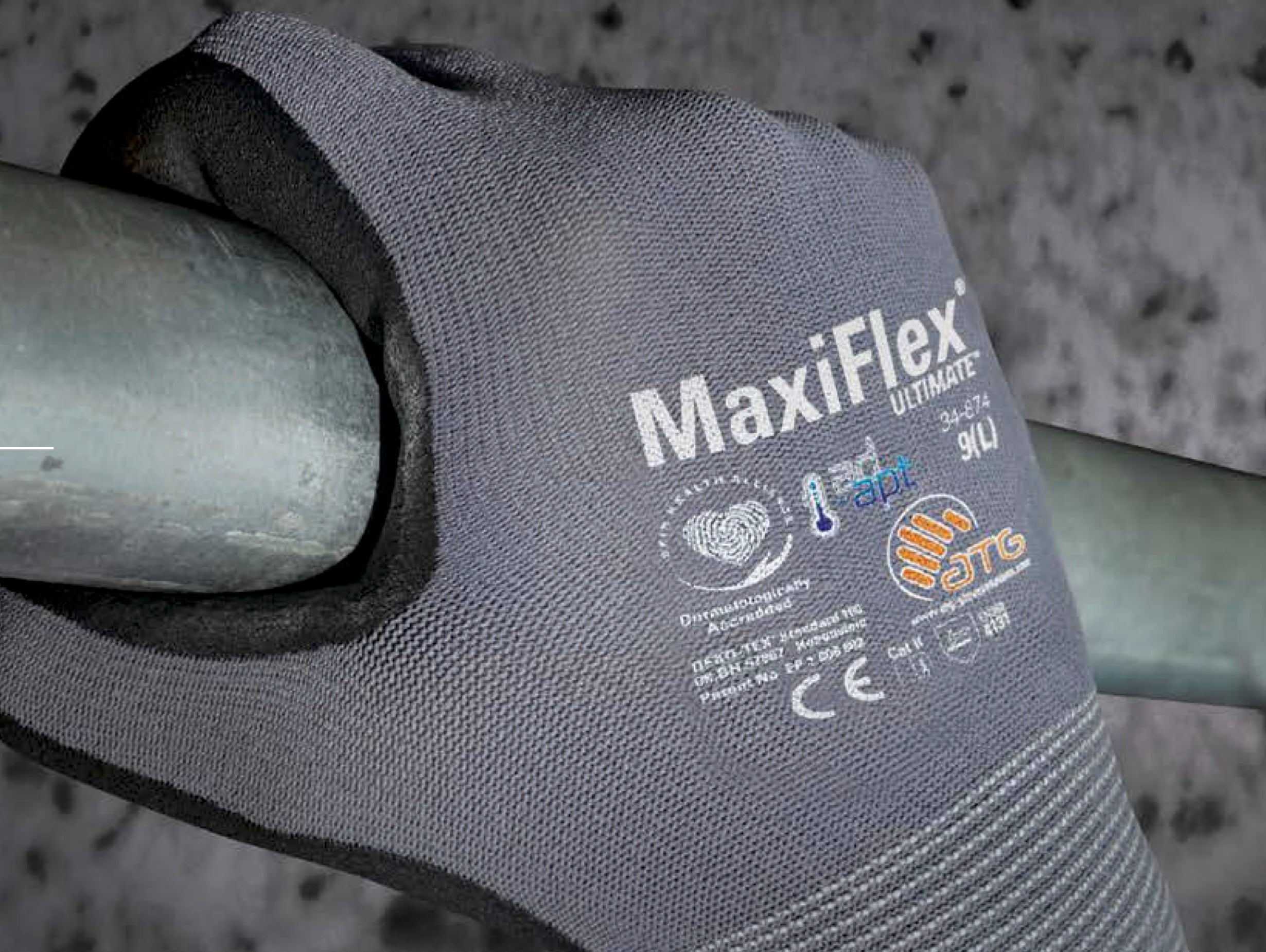Description
| Manufacturer | Allegro |
|---|---|
| Brand | Allegro |
| Main Category | Respiratory Protection |
| Color | White |
| Weight | 15.0 lb |
How the M2 Operates
The M2 incorporates standard impactor design characteristics including a rectangular nozzle with standard inlet and exit slit geometry. The cassette houses an appropriately positioned collection plate with a laboratory accepted proprietary adhesive media. Its characteristics are determined by a numerical solution of the Navier-Stokes equations and of the equation of motion of particles (DJ Rader and BA Marple (1985). Aerosol Science and Technology 4:141-156.). The calculations indicate a 50% particle cut size diameter of approximately 2.5 microns at a flow of 15 liters per minute. The M2 operates at an optimal flow rate of 15 liters per minute for 10 minutes, 5 minutes or 1 minute depending on the environment (e.g. heavy dust, etc.), and it can be used with commercially available wall sampling adaptors. Air particles are deposited onto the adhesive over a rectangular shaped area of approximately 16mm². In the laboratory, the cassette is opened and the glass slide is removed, mounted and stained for quantification. The M2 underwent extensive laboratory testing including numerical solutions of the Navier-Stokes equations and of the equation of motion of particles, fluid dynamic testing in a water chamber, leak testing, and also field/laboratory evaluations side by side with competing products.Field Procedure
1. The optimal flow rate for the M2 is 15 liters per minute (lpm). Set the pump flow rate in accordance with manufacturer’s operating instructions.2. Remove an M2 from the box and note the serial number for chain of custody.
3. Remove the vacuum cap and attach the pump vacuum line to the vacuum port on the M2 cassette. Note: retain the cap for future use
4. To collect a sample on Side A, remove the cap on Side “A” only and run the pump for the desired time. When finished, replace the cap on Side A and make a note on the cassette for sample identification and chain of custody.
5. To collect a sample on Side B, remove the cap on Side “B” only and run the pump for the desired time. When finished, replace the cap on Side B and make a note on the cassette for sample identification and chain of custody.
6. To collect the same sample on Side A and B at the same time, follow the instructions above (steps 1-3). Then remove both caps, Side A and Side B, and run the pump for the desired time. When finished, replace the caps on both Side A and B and make a note on the cassette for sample identification and chain of custody.
(Note: A sample duration of 5 minutes at 15 lpm using both Side A and B draws a total of 150 liters of air. A sample duration of 10 minutes for just one side also draws a total of 150 liters of air.)
7. Replace the vacuum cap. Laboratory Procedure for Sample Preparation
1. Follow proper chain of custody protocol. Make accurate records of the cassette serial number, side A and side B sample description.
2. With a razor or sharp tool, cut through the seal tape along the entire perimeter of the cassette.
3. Carefully open the cassette. It may be helpful to use a flat edge (e.g., a small screw driver) inserted between the top and bottom on the end. Twist to separate the top from the bottom.
4. Turn the top of the cassette upside down.
5. Remove the vacuum cap/slide key from the bottom of the cassette. Insert the slide key (clean with an alcohol wipe if necessary) between the collection slide and cassette edge adjacent to the center bar, and slowly slide to center of cassette. Slowly turn the key upward until resistance is felt, continuing slowly until the slide has lifted up. Remove the slide from the cassette.
6. Use one of two techniques to mount sample. The manufacturer recommends the Standard Technique described below, because only the cover slip is positioned between the trace area and the objective. Standard Technique
a. On the underside of the collection slide, apply an adhesive at the corners (such as a nail polish), turn the slide over and mount onto a standard microscope slide (adhesive side up).
b. Apply 1-2 drops of staining solution (e.g., Lacto Phenol Cotton Blue for mold spore analysis) on Side A trace area. Place a square cover slip (22 x 22) over the adhesive on side A using standard laboratory technique (first make contact with the solution, and then lower the cover slip into place).
Repeat this for Side B.
c. Do not press down on the cover slip during or after staining.
Alternative Technique
This technique positions the collection slide and the adhesive between the trace area and the objective; it requires microscope objectives having approximately 0.3mm working distance.
a. Place the collection slide on a work surface adhesive side up , and apply 1-2 drops of staining solution (e.g., Lacto Phenol Cotton Blue for mold spore analysis) to each trace on Side A and B.
b. Slowly lower a standard microscope slide onto collection slide by first making contact with the solution and then lowering the slide onto the media.
c. Do not press down on the slide during or after staining.
7. After 10 minutes, excess stain may be removed using a tissue wipe.
8.Follow standard counting procedure protocols. The preprinted lines may be used if desired to position the microscope field for quality control.
How Provided
The M2 is manufactured in a clean room environment to ensure a high standard of cleanliness. The M2 is packaged 25 cassettes in a protective carton (or 50 individual samples). The manufacturer recommends the M2 be stored as directed in a clean, dry indoor environment at room temperature until ready for use in the field. Avoid excessive heat and/or cold. Each M2 has a serial number and corresponding bar code to assist in an accurate chain of custody. It is recommended that suitable protective packaging be used for safe transport to a laboratory for analysis.TOP BRANDS
Shop the most trusted safety brands at Enviro Safety.
PRODUCT SPECIALISTS
Got a question? Call and ask one of our trained Product Specialists.
FAST EASY SAVINGS
Get what you need. Save time and money. Let's do this!
CUSTOMER SERVICE
Yes, we answer the phone and reply to email. We're here for you!
CORPORATE ACCOUNTS
Setup an online account. Apply for credit. And more.





